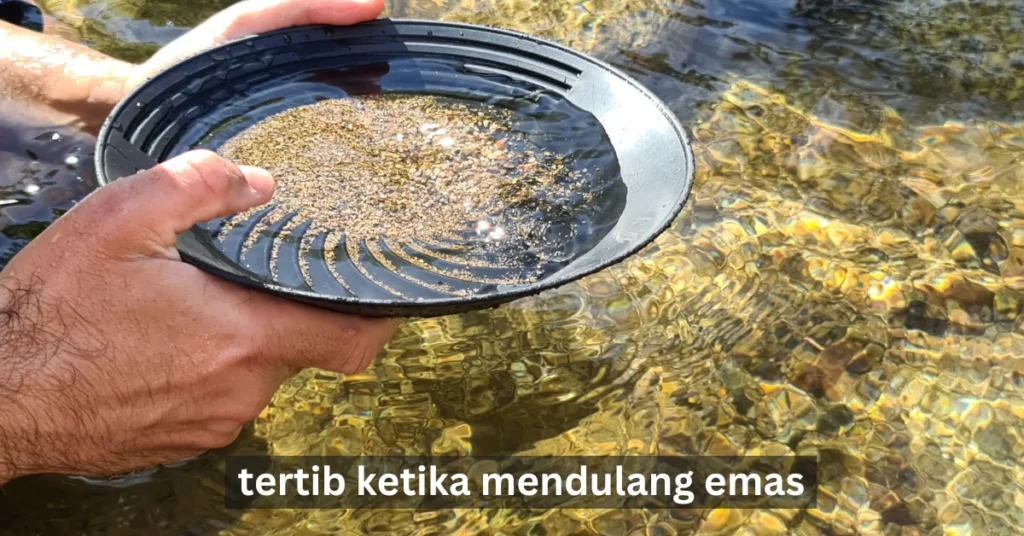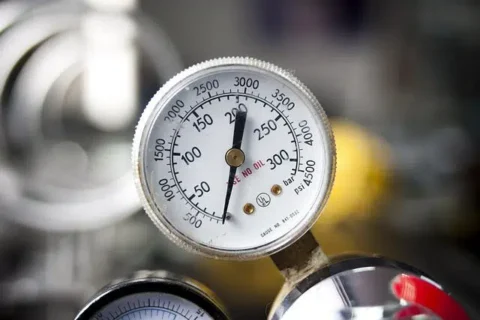Introduction
Gold mining is like life itself—what you get out of it depends on how you go about it. The phrase tertib ketika mendulang emas doesn’t just suggest orderliness; it’s a mantra for responsible, ethical, and sustainable mining practices. This systematic approach helps miners achieve long-term success while safeguarding the environment and respecting communities.
Let’s explore how practicing discipline and mindfulness when panning for gold can lead to glittering success—not just for individuals but for everyone involved in the process.
The Meaning Behind Tertib Ketika Mendulang Emas
Translated, tertib ketika mendulang emas means “orderliness when panning for gold.” This concept urges miners to prioritize:
- Safety: Protecting themselves and others from accidents.
- Environmental Responsibility: Reducing ecological damage while mining.
- Legal Compliance: Following all applicable laws and guidelines.
When miners work with care and respect, they improve their efficiency and contribute positively to their communities. Simply put, this practice is the golden ticket to mining responsibly.
Why Responsible Gold Mining Matters
Gold mining can be a double-edged sword. On the one hand, it offers economic opportunities and the allure of striking it rich. On the other hand, reckless practices can lead to:
- Environmental disasters like water pollution and deforestation.
- Accidents and health risks for miners.
- Conflict with local communities over land and resources.
Think of it this way: mining without discipline is like trying to cook without following a recipe. Sure, you might get something edible, but the risks outweigh the rewards.
Challenges in Traditional Gold Mining Practices
In many regions, traditional mining methods prioritize speed and cost-cutting over responsibility. This approach leads to a host of problems, including:
- Chemical pollution: The use of mercury and cyanide contaminates rivers and destroys aquatic life.
- Land degradation: Digging without restoring the land leaves scars on the earth.
- Worker exploitation: Poorly organized mining operations often lack proper safety measures.
These issues don’t just affect miners—they ripple out to communities, ecosystems, and future generations.
Building a Safer Gold Mining Environment
Start with Proper Tools and Training
A disciplined miner knows that success begins with the right equipment and knowledge. Essentials include:
- Sturdy tools: High-quality pans, shovels, and sluice boxes that can handle the job.
- Safety gear: Helmets, gloves, and boots to protect against injuries.
- Training: Learning about terrain risks and emergency procedures can save lives.
As the saying goes, “Failing to prepare is preparing to fail.” Don’t skimp on safety.
Work Together for Greater Safety
Mining in isolation increases risks. A team approach ensures:
- Someone is always there to help in case of accidents.
- Tasks are divided, improving efficiency.
- Collective problem-solving for unexpected challenges.
Think of it like a good soup—every ingredient contributes to the final flavor. Similarly, teamwork in mining brings out the best results.
Protecting the Environment: Mining Without Harm
Gold may be precious, but so is the earth. Tertib ketika mendulang emas emphasizes minimizing harm to the environment by:
- Avoiding harmful chemicals: Use alternative methods like gravity-based gold separation instead of mercury.
- Rehabilitating sites: After mining, fill holes, replant trees, and restore the area to its natural state.
- Conserving water: Instead of wasting large amounts, recycle water used in panning or sluicing.
Imagine mining as borrowing from nature—always return what you’ve taken, and maybe a little extra.
Staying on the Right Side of the Law
Why Legal Compliance Matters
Mining without permits might seem tempting, but it’s a shortcut to trouble. Legal mining ensures:
- Fair distribution of resources: Everyone gets their due share, including local communities.
- Protection against penalties: Avoid hefty fines and potential jail time.
- Sustainability: Legal frameworks often include environmental protection clauses.
Getting the Right Permits
Before you start mining, ensure you:
- Register with local authorities.
- Understand regional laws related to land use, water rights, and environmental protection.
- Respect indigenous land rights, fostering goodwill and cooperation.
When in doubt, consult an expert or local officials. It’s always better to spend time upfront than to face legal headaches later.
Effective Techniques for Gold Mining
Choose the Right Spot
Not all riverbeds are created equal. Research is key:
- Study the history of gold finds in the area.
- Assess the terrain for safety and accessibility.
- Consider environmental factors to avoid causing harm.
Master the Methods
Gold panning remains a popular choice due to its simplicity. Other effective methods include:
- Sluicing: Speeds up the process while being eco-friendly.
- Metal detectors: Efficient for locating surface nuggets.
- Gravity separation: Uses natural forces to separate gold from sediment without chemicals.
Remember, gold mining is as much about technique as it is about patience.
Learning From Real-Life Examples
In Sulawesi, Indonesia, a small mining community transformed its operations by adopting tertib ketika mendulang emas. Previously plagued by accidents and low yields, they introduced safety protocols, eco-friendly practices, and community engagement initiatives.
The results? Increased gold recovery, fewer injuries, and a stronger bond with local residents. It’s a shining example of how discipline can turn challenges into opportunities.
Building Trust with Local Communities
Gold mining often takes place near settlements. To maintain harmony:
- Engage openly: Discuss your plans with community leaders and address concerns.
- Offer benefits: Create jobs and invest in community development projects like schools or clean water.
- Respect cultural values: Avoid sacred sites and honor local traditions.
Trust is like gold—it’s hard to earn but invaluable once you have it.
Modernizing Tertib Ketika Mendulang Emas
Technology Meets Tradition
Advancements like GPS mapping and portable water filters are making it easier to mine responsibly. Use these tools to:
- Identify rich gold deposits without harming ecosystems.
- Ensure clean drinking water for workers and communities.
- Monitor progress and minimize waste.
Government and NGO Support
Governments and organizations worldwide are stepping in to support responsible mining. Free training programs, low-interest loans, and sustainability certifications are just a few of the initiatives available.
Conclusion: A Golden Path Forward
Practicing tertib ketika mendulang emas isn’t just about following rules—it’s about setting a standard for how gold mining should be done. By prioritizing safety, respecting the environment, and engaging communities, miners can enjoy success that shines far beyond the gold they collect.
Gold mining will always hold a special place in human history. But by mining responsibly, we ensure that this legacy remains a source of pride, not regret. After all, what’s the point of striking gold if you tarnish everything else in the process?
FAQs
What does tertib ketika mendulang emas mean?
It translates to “orderliness when panning for gold,” focusing on safety, sustainability, and ethical practices.
How can I mine gold without harming the environment?
Avoid chemicals, rehabilitate sites post-mining, and conserve water. Use eco-friendly tools like sluice boxes.
Why is teamwork important in gold mining?
Working in groups improves efficiency, ensures safety, and fosters collaboration in problem-solving.
What permits are required for gold mining?
Permits vary by region but typically include land use and environmental compliance. Check with local authorities for details.
How do I build trust with local communities near mining sites?
Communicate openly, respect cultural traditions, and contribute to community development.
What modern tools can help with responsible gold mining?
GPS mapping, metal detectors, and portable water filters are excellent for improving efficiency and minimizing harm.






